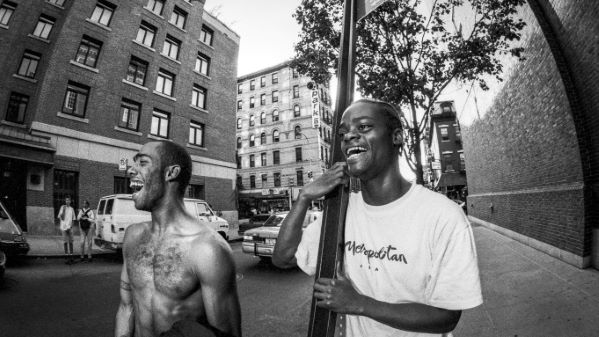
All the Streets Are Silent: The Convergence of Hip Hop and Skateboarding (1987–1997), a documentary about the convergence of skateboarding and hip-hop in the New York City of the late 1980s–early ’90’s, will intrigue those interested in the subject and era but will be somewhat heavy going for those who are not.
Director Jeremy Elkins assembles interviews of the major players of the scene, along with vintage footage shot by Eli Gesner, who was just one of the kids at the time. The essential premise is that these like-minded teenagers, who had time on their hands and loved to skateboard, had really nowhere to go, so they would create spaces for themselves, just so they could hang with their friends. Many happened to go on to other endeavors that ultimately gained attention from the larger public, and some did pretty well for themselves later on.
The first part starts off with the skaters, mostly misfits and kids from the projects, finding various neighbors in the detritus of New York City, such as the apparently infamous Brooklyn Banks, to learn skateboarding tricks. Among these kids was an exceptional skater and vibrant personality, Harold Hunter—who was always on, always smiling. A magnetic personality and a sweet kid, he barreled through life. Rosario Dawson, a friend, would always know when he was around because when he fell off his skateboard, he fell hard and loudly, and when that happened, she’d say, “Oh, there’s Harold.”
Meanwhile, hip-hop was becoming more and more the sound of the city and the soundtrack for these kids. Club entrepreneur Yuki Watanabe opened Club Mars in the pre-gentrified Meat Packing District, a dance club with one floor set aside for playing hip-hop. It became one of the skaters’ stomping grounds. There they befriended up-and-coming hip-hop artists and DJs, who would show up and rap. When three of the kids opened a skate shop called Zoo York, they asked for permission to play the music from a late-night radio show from Columbia University hosted by Mars DJs Stretch Armstrong and Robert Garcia (aka Bobbito)—there’s remarkable footage of Busta Rhymes and members of the Wu-Tang Clan freestyling on the show. They got the approval, and the melding of music and sport was complete.
Like the scene it covers, All the Streets Are Silent is chaotic and leaps from subject to subject. What shines through is the creative results of a culture. It’s a strong contrast between today’s young influencers who are driven to monetize and succeed for the sake of money and fame.
Another interesting factor is that many of those featured here also appeared in Larry Clark’s controversial Kids, and this documentary covers some of the terrain as in The Kids, the tell-all about the making of 1995 film that recently screened at the Tribeca Festival. Fame hit some of them hard. Both Hunter and Justin Pierce died young—Leo Fitzpatrick, a friend and cast member, mentions that the filming of Kids provided the most stability that Pierce had ever experienced.
Ultimately, All the Streets are Silent is a solid portrait of a unique time in the city and a group of young people who deeply influenced today’s culture simply by doing what made them feel good.

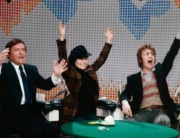
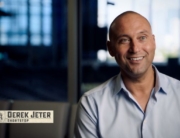
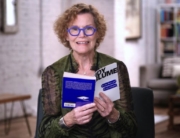
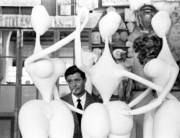
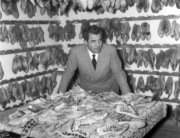
Leave A Comment